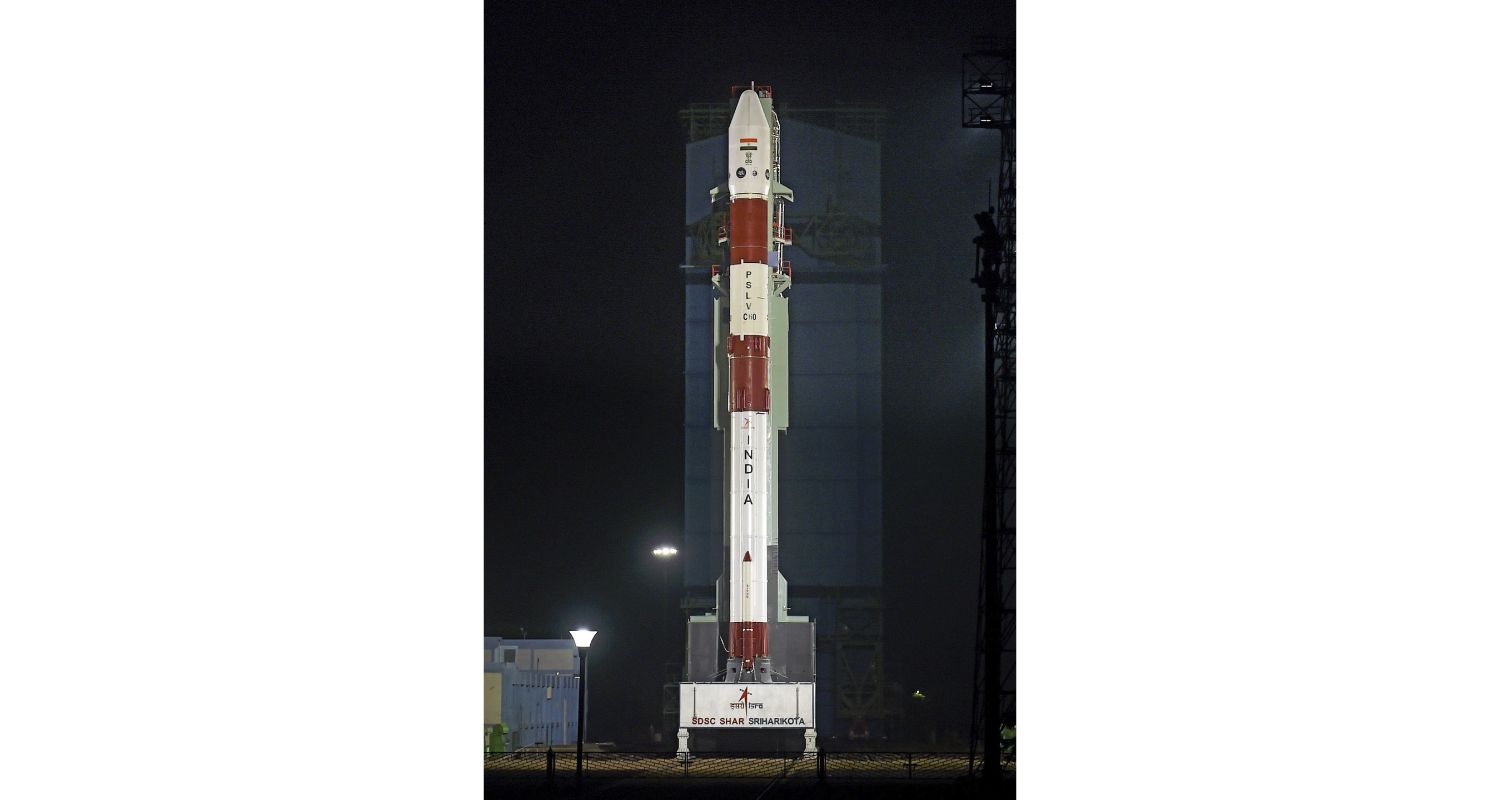India’s space programme reached a significant milestone with the successful launch of the PSLV-C60 rocket, marking the beginning of ISRO’s highly anticipated Space Docking Experiment (SpaDeX) mission.
This crucial mission, which aims to demonstrate in-space docking technology, is a vital step forward for India’s ambitions in space exploration and will play a pivotal role in future human spaceflights.
The PSLV-C60 rocket lifted off late on Monday night, carrying two spacecraft—Spacecraft A (SDX01) and Spacecraft B (SDX02)—each weighing 220 kilograms.

These spacecraft are integral to demonstrating the technology required for space docking, which is essential for future satellite servicing, interplanetary missions, and the construction of space stations.
The successful separation of the two spacecraft was confirmed by ISRO, which marked a significant achievement for the space agency.
Mission director M Jayakumar confirmed the success of the PSLV-C60 mission, stating that the SpaDeX spacecraft had been deployed into the desired low Earth orbit.
The mission is seen as a prelude to ISRO’s ambitious plans of setting up its own space station by 2035, positioning India as a key player in the global space community.
This mission will also place India in an exclusive group of nations with space docking capabilities, joining the ranks of China, Russia, and the United States.
The PSLV-C60 rocket, standing at 44.5 metres tall, was launched from the First Launch Pad at the Satish Dhawan Space Centre, located about 135 kilometres east of Chennai.
The launch, which took place after a 25-hour countdown that began on Sunday, was accompanied by thick orange fumes and a thunderous roar as the rocket soared into the sky.
The two spacecraft carried aboard the rocket, designated as the "Chaser" (SDX01) and the "Target" (SDX02), are slated to merge in space at an altitude of around 470 kilometres.
For ISRO, mastering space docking technology is a significant step towards expanding its mission capabilities. In the coming days, scientists will gradually reduce the distance between the two spacecraft, bringing them closer together until they dock successfully.
This advancement will enhance India’s operational flexibility in space missions, making it possible to carry out multiple rocket launches and achieve shared mission objectives more efficiently.
In addition to satellite servicing and interplanetary exploration, the successful demonstration of space docking will support India’s ambitious future missions, such as Chandrayaan-4, which aims to bring back samples from the Moon, and the construction and operation of the Bharatiya Antariksh Station, India’s proposed space station.
ISRO’s statement highlighted the importance of in-space docking technology for these future endeavours and reiterated India’s position in the global space race.
Once the docking process is completed, India will become the fourth nation globally to achieve space docking technology, following China, Russia, and the US.
The successful deployment of the spacecraft and the anticipated docking manoeuvre demonstrate ISRO’s growing capabilities and its readiness to take on more ambitious space missions in the future.
The PSLV-C60 mission is also notable for being ISRO’s final launch of 2024. The space agency kicked off the year with the successful launch of the PSLV-C58/XPOSAT mission on January 1.
The successful conclusion of the PSLV-C60 mission marks a significant end to a year of accomplishments for ISRO, with plans for further advancements in India’s space exploration initiatives in the coming years.
The PSLV-C60 launch was also the first to be integrated up to the fourth stage at the newly established PSLV Integration Facility (PIF) at the Satish Dhawan Space Centre.
This new integration facility marks a step forward in enhancing ISRO’s infrastructure and operational capabilities, ensuring that the agency remains at the forefront of global space exploration efforts.


